Commentary: From ceasefire to succession, Iran's real power struggle has just begun
Published in Op Eds
As international attention turns away from missile strikes and toward diplomacy following the recent ceasefire between Iran and Israel, a deeper, longer-term struggle is quietly taking shape inside the Islamic Republic — one that will define the country’s political future.
For the first time in his 36 years in power, Supreme Leader Ayatollah Ali Khamenei has publicly acknowledged that he has identified potential successors. Though overshadowed by the immediate aftermath of military escalation, this statement marks the beginning of a pivotal and unprecedented transition in the Islamic Republic.
As a legal scholar specializing in constitutional law and authoritarian governance, I view this moment not merely as a political maneuver but as a test of the Islamic Republic’s institutional durability — and its long-standing contradictions.
In a development that received limited international attention, sources close to Iranian leadership revealed that Khamenei has identified a short list of potential successors. This was reported by Newsweek citing individuals familiar with the matter. While the Iranian constitution outlines a process for succession, even indirect confirmation of such planning is rare — and it underscores the regime’s growing concern about managing an eventual transition of power.
The timing is also telling. The ceasefire with Israel, though fragile, has temporarily halted external conflict and redirected public focus to internal vulnerabilities. Decades of repression, economic mismanagement and growing legitimacy crises have left the regime weakened at home. A leadership transition in this context carries not only political weight, but also the potential to spark deeper unrest or power fragmentation within Iran’s already-opaque ruling elite.
According to Article 111 of Iran’s constitution — originally adopted in 1979 and amended in 1989 — in the event of the supreme leader’s death, dismissal, incapacity or even resignation, a temporary council composed of the president, the head of the judiciary and a cleric from the Guardian Council is tasked with assuming the leader’s responsibilities until the Assembly of Experts appoints a successor.
On paper, this process appears straightforward. But in practice, the process is anything but transparent or democratic. While the constitution places the responsibility of selecting the next supreme leader on the Assembly of Experts, the body itself is far from independent. All candidates for the assembly are subject to strict vetting and must be approved by the Guardian Council — a body whose members are, in part, appointed directly or indirectly by the sitting supreme leader. This means that the individuals tasked with choosing the next leader have already passed through filters loyal to the current one.
In principle, the sitting supreme leader is not supposed to influence the selection of his successor. Yet, the entire system — from candidate approval to ideological alignment — operates within a tightly controlled structure, undermining the notion of a genuinely representative or independent process.
Moreover, the constitution does not specify any clear criteria for leadership selection beyond vague requirements such as “religious and political authority.” This ambiguity leaves the door wide open for factionalism, internal maneuvering and even military interference.
While the constitutional structure offers a legal facade of order, the true dynamics of power transition in Iran are likely to be shaped by unelected centers of influence: the Islamic Revolutionary Guard Corps, Khamenei’s inner circle and the expansive bureaucracy of the supreme leader’s office. These entities have accumulated immense power over the past three decades, including control over economic assets, media, surveillance and foreign policy.
Their role in selecting the next leader — or ensuring that a compliant figure rises — will be decisive. This reality underscores a broader truth: In the Islamic Republic, legal texts often mask the informal mechanisms that truly govern political life.
The last leadership transition, from Ayatollah Ruhollah Khomeini to Khamenei in 1989, occurred under vastly different conditions. At the time, the regime had emerged from the Iran-Iraq war with revolutionary fervor intact, and Khamenei was elevated largely due to elite consensus and political loyalty, not religious stature.
Today, the legitimacy of the Islamic Republic is far more contested. The “Woman, Life, Freedom” movement of 2022, economic decline exacerbated by international sanctions, and public disillusionment with both reformists and hard-liners have created a volatile political environment. The succession process, even if tightly controlled, could act as a flashpoint for broader challenges to state authority.
Furthermore, the regional and international context has changed dramatically. Iran’s geopolitical position is more isolated, and its relationships with global powers are strained. Any signs of instability or elite fragmentation during succession will be closely watched by allies and adversaries alike.
If the regime seeks to manage succession solely through elite backroom deals and repression, it risks amplifying the very instability it hopes to avoid. Lack of transparency, exclusion of public voices and continued reliance on harsh punishments — such as the recent wave of expedited executions— will deepen mistrust and further erode what remains of the regime’s domestic legitimacy.
Conversely, a more inclusive and transparent process, while unlikely, could offer a rare opportunity to begin bridging the widening gap between the state and society.
The ceasefire between Iran and Israel may have quieted the skies, but inside Iran, the country now faces a deeper and more complex reckoning — not only over who will lead next and under what terms, but also over the government’s handling of the crisis and whether the supreme leader intends to change his position or respond to public demands for accountability.
For the first time in decades, the question of succession is no longer theoretical. The supreme leader, who had been hiding during the Israeli assault, is expected to re-emerge. Yet his silence during the war — and the damage sustained across Iran’s military and nuclear infrastructure — has raised new doubts about the regime’s preparedness and resilience.
Perhaps no statement captures the irony of the moment more than Khamenei’s own words: “Rest assured, there will be neither war nor negotiation.” And yet, there was war — and ultimately, there was negotiation. As he returns to the public eye, will he open the path for a successor to confront the crisis he leaves behind or continue to tighten the circle of power until the very end?
The path Khamenei chooses next may determine not only the future of Iran’s leadership — but also the fate of the Islamic Republic itself.
_____
_____
©2025 Los Angeles Times. Visit at latimes.com. Distributed by Tribune Content Agency, LLC.
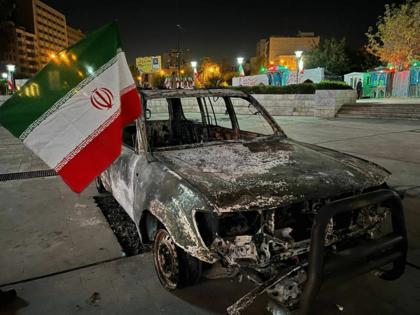


















































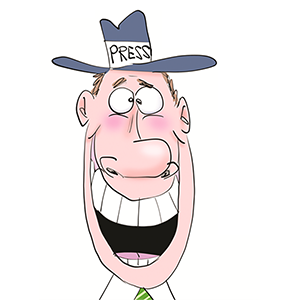
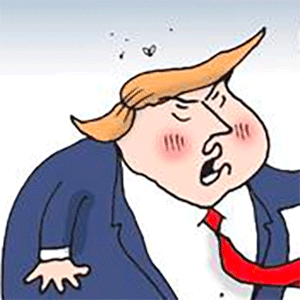
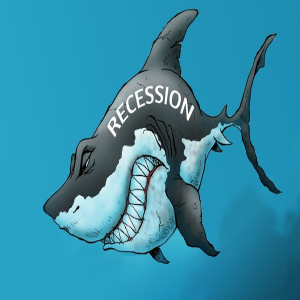
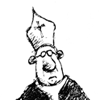
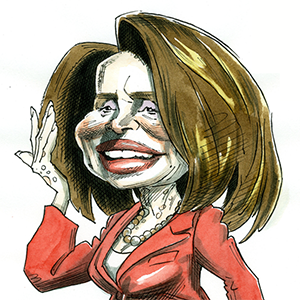
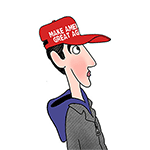
Comments